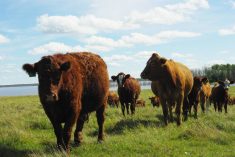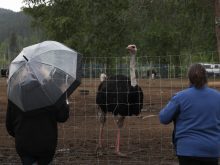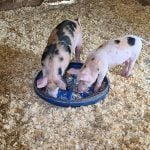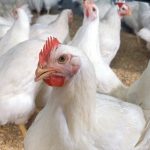Top Meadow Farms, a commercial beef operation in Ontario and Saskatchewan, has laid claim to the title of the world’s first beef producer to vaccinate cattle against E. coli 0157:H7.
Bioniche Life Sciences, the Ontario manufacturer of the vaccine, said in late August it had already sold its first order, while the product remains under “conditional authorization” pending full approval.
The conditional permit allows use of the vaccine while the Canadian Food Inspection Agency (CFIA) and U.S. Department of Agriculture evaluate data to confirm whether the product, as claimed, reduces the levels of 0157:H7 shed by vaccinated cattle.
Read Also
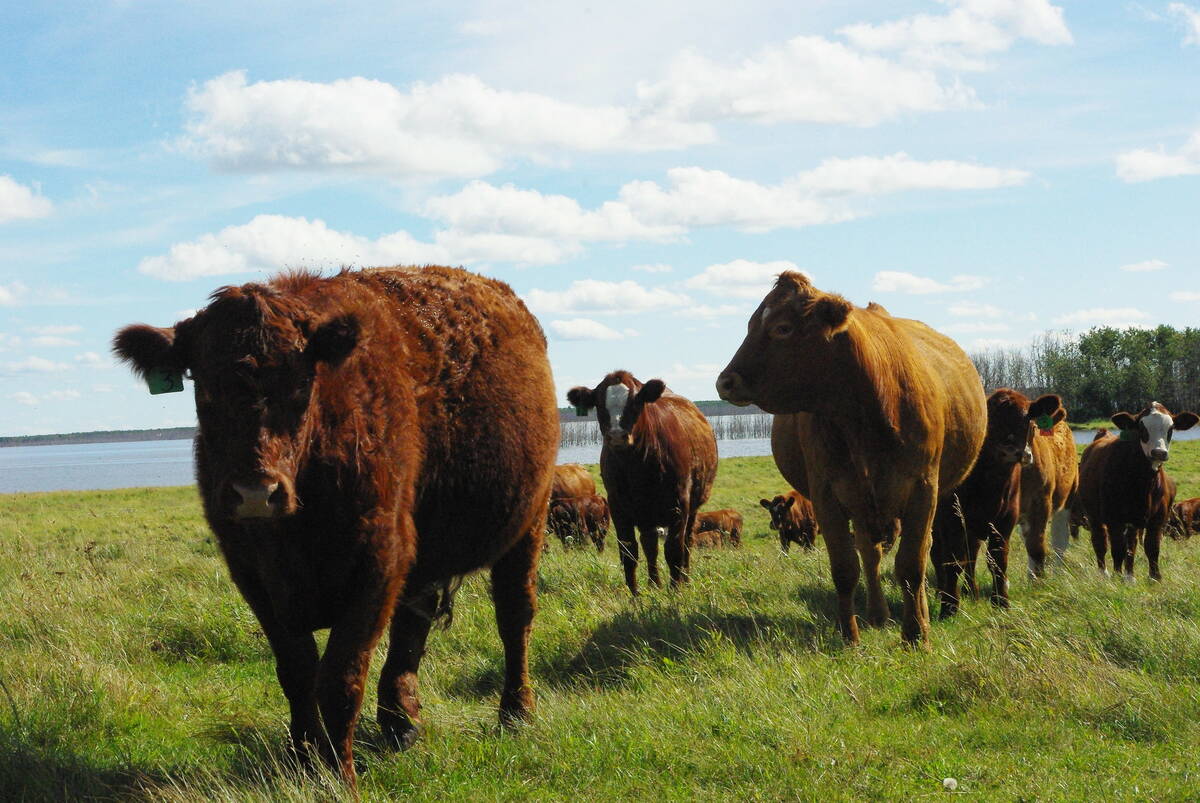
USDA plan to rebuild beef herd will not include producer payments, says farm secretary
The U.S. Department of Agriculture is developing a plan to revitalize the decimated U.S. beef herd, but will not offer payments to producers, Agriculture Secretary Brooke Rollins said on Thursday.
CFIA’s permit system allows cattle producers, through their veterinarians, to access the vaccine. Top Meadow announced Friday that it was the first to use the vaccine in its on-farm food safety program.
The cattle company raises purebred Limousin, Limousin/Angus and commercial cattle at Clarksburg, Ont., west of Barrie, and at Flintoft, Sask., about 90 miles southwest of Moose Jaw.
Owner Kym Anthony said in a release that the vaccine would be used in the company’s “Artisan Beef” program, which markets beef raised without antibiotics or growth hormones.
E. coli 0157:H7 is one of the more toxic E. coli bacteria from cattle’s digestive systems, causing abdominal illness in people and, in about 15 per cent of cases, kidney damage or renal failure.
While often called “hamburger disease” for its association with meat contaminated at slaughter, the bacteria can also spread through contaminated fruit or vegetable crops fertilized with poorly composted livestock manure or irrigated with infected water, or through poor hygiene during food handling or preparation.


